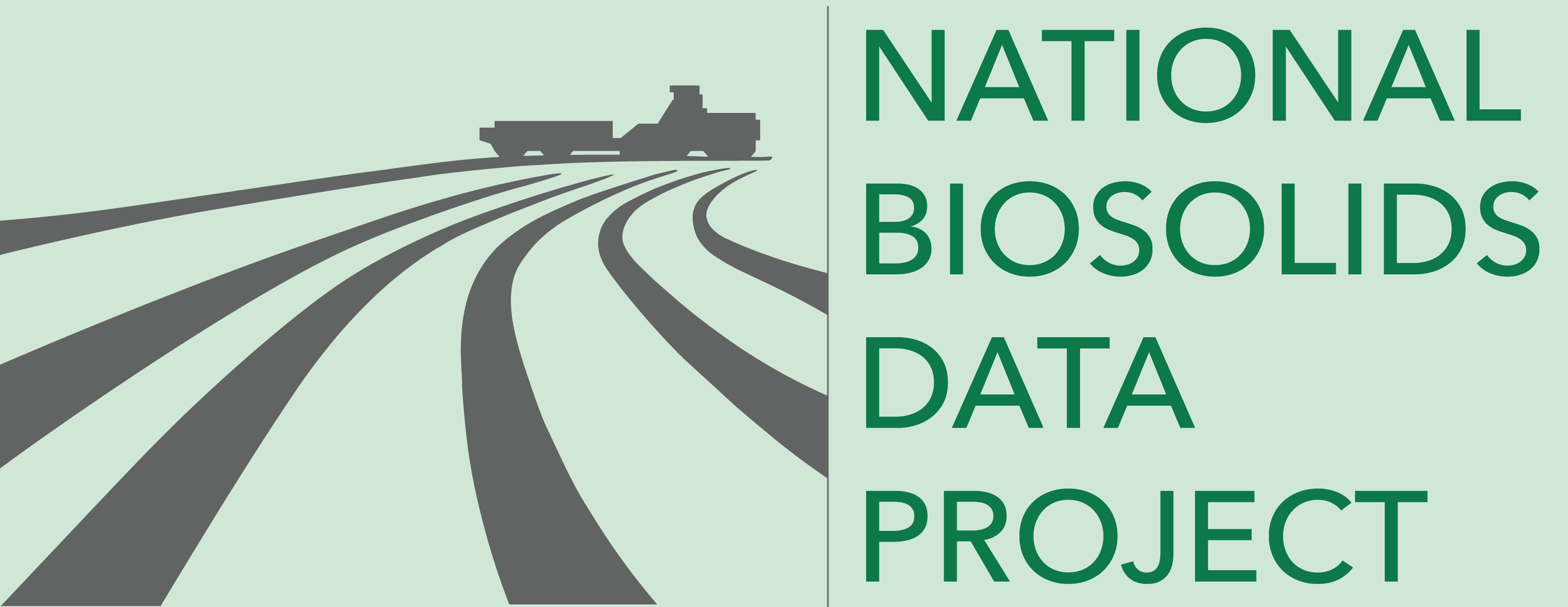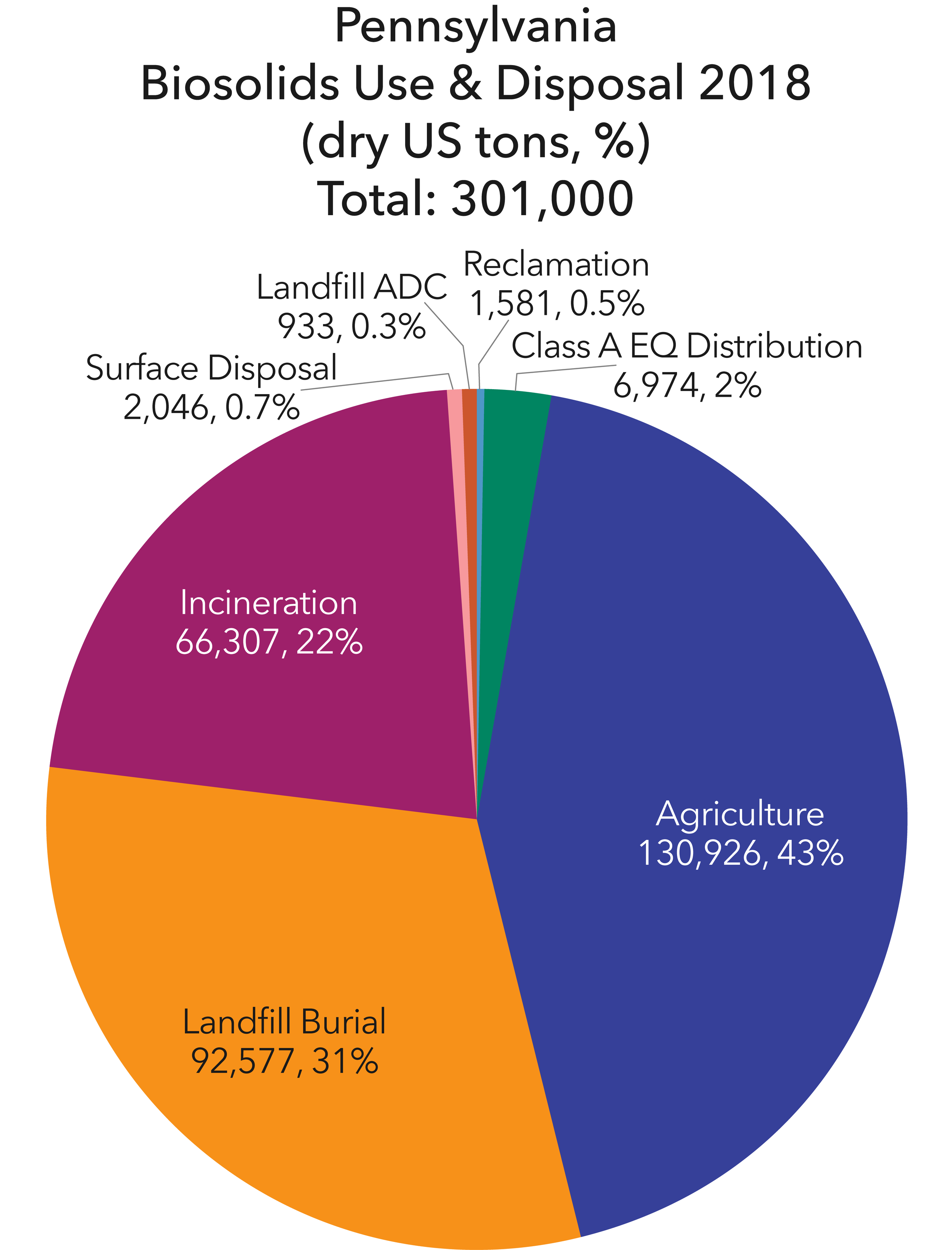State Data
Confidence in data for this state:
MODERATE
2018 data unless noted.
Definitions
Terms used on this website and in data sets are defined & discussed here.
Mine reclamation in PA, before and after biosolids. Photo courtesy of Bill Toffey & MABA.
Philadelphia’s biosolids heat drying facility. Photo courtesy of Synagro.
State Statistics Dashboard
State Summary
● Approximately half of Pennsylvania’s biosolids are beneficially used, mostly applied as soil amendment on agricultural lands or used in mine land reclamation (of which PA was a pioneer). The other half is disposed in landfills (~30% of state biosolids total) or incinerated. Sewage sludge incinerators (SSIs) were operating at six facilities in 2018; a brand new SSI came online in the early 2020s (a rarity in North America).
● Pennsylvania receives thousands of tons of wastewater solids from other states for disposal and beneficial use – the Commonwealth is actually a net importer of biosolids. As such, regulations on nutrient management in PA – largely due to concerns about water quality in the Chesapeake Bay and Lake Erie – have a large influence on biosolids in the whole region.
● The PA Department of Environmental Protection (PA DEP) Bureau of Clean Water administers Pennsylvania’s wastewater management program, which includes three types of General Permits plus Individual Permits, and many requirements beyond the federal biosolids rule.
● Septage can be and is land applied, though most is hauled to water resource recovery facilities (WRRFs) for treatment.



